You are here
| Size | Seeds | Peers | Completed |
|---|---|---|---|
| 2.58 GiB | 1 | 0 | 87 |
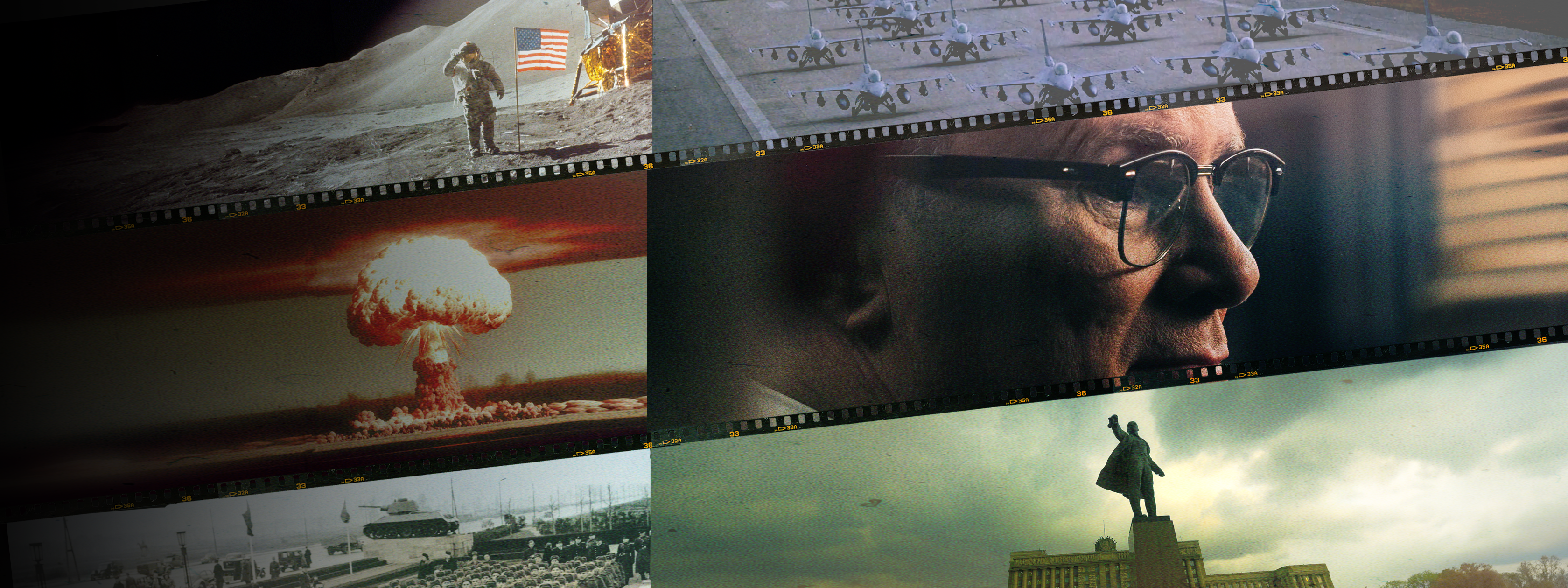
Travel through time with Bill Whittle and relive key moments in American history like never before. Using captivating historical footage, experience the triumph of the Apollo 11 mission in Season 1, explore the Cold War tensions in Season 2, and witness the terrifying rise of the Soviet Union in Season 3. Don’t just read about history, live it!
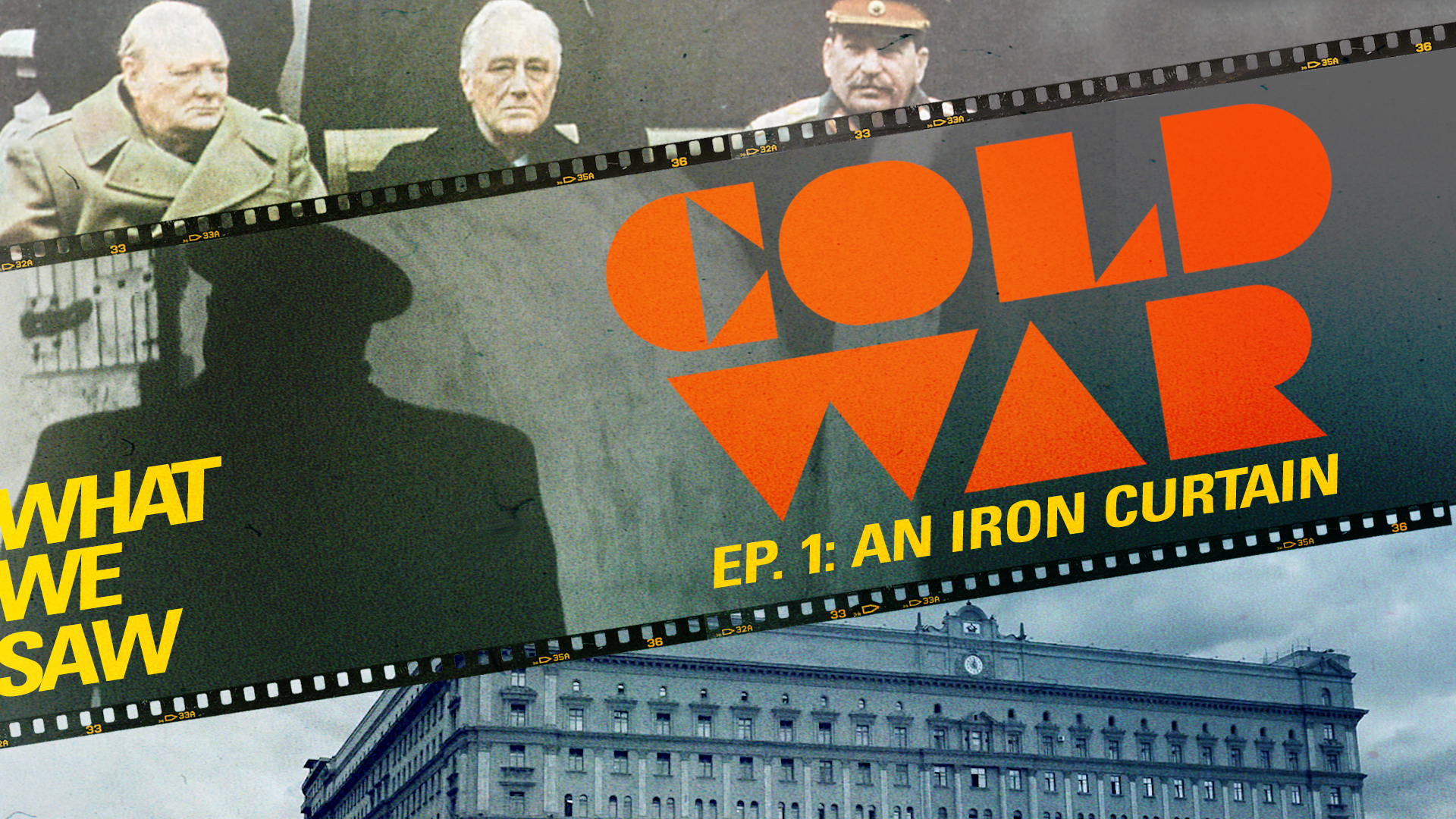 |
Part 1: An Iron CurtainThe Cold War started in the same place that World War II ended: Berlin. On the Eastern side, the collectivist, state-centered world of Joseph Stalin's communist ideology, armed to the teeth with conventional forces. On the Western side was a war-weary alliance of capitalist countries, led by the beacon of individual rights, the United States. Part 1 of What We Saw: The Cold War, peels back the layers of mystery cloaking the terror state run by the Kremlin, and watches America taking its first small steps onto the stage of world leadership. |
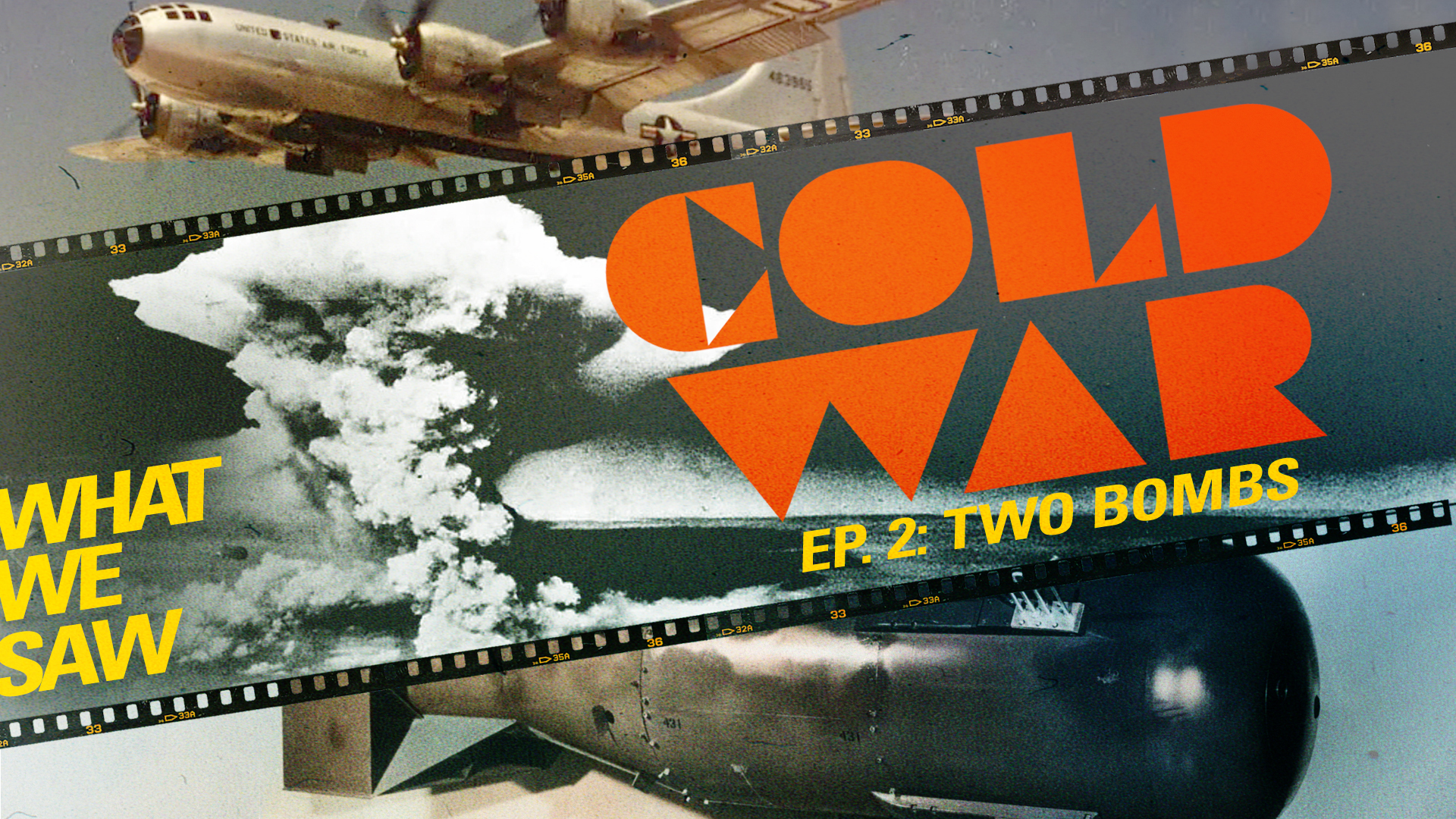 |
Part 2: Two BombsAfter the defeat of Nazi Germany, the fragile alliance between the Allied countries in the west and Joseph Stalin’s battle-hardened Red Army, came to an end. Stalin looked for opportunities to expand communism and exploit a divided Europe, hoping America would return to isolationism and withdraw its troops. But this didn’t occur. And when America dropped two atomic bombs to bring a swift end to the war in Japan, Stalin switched gears. |
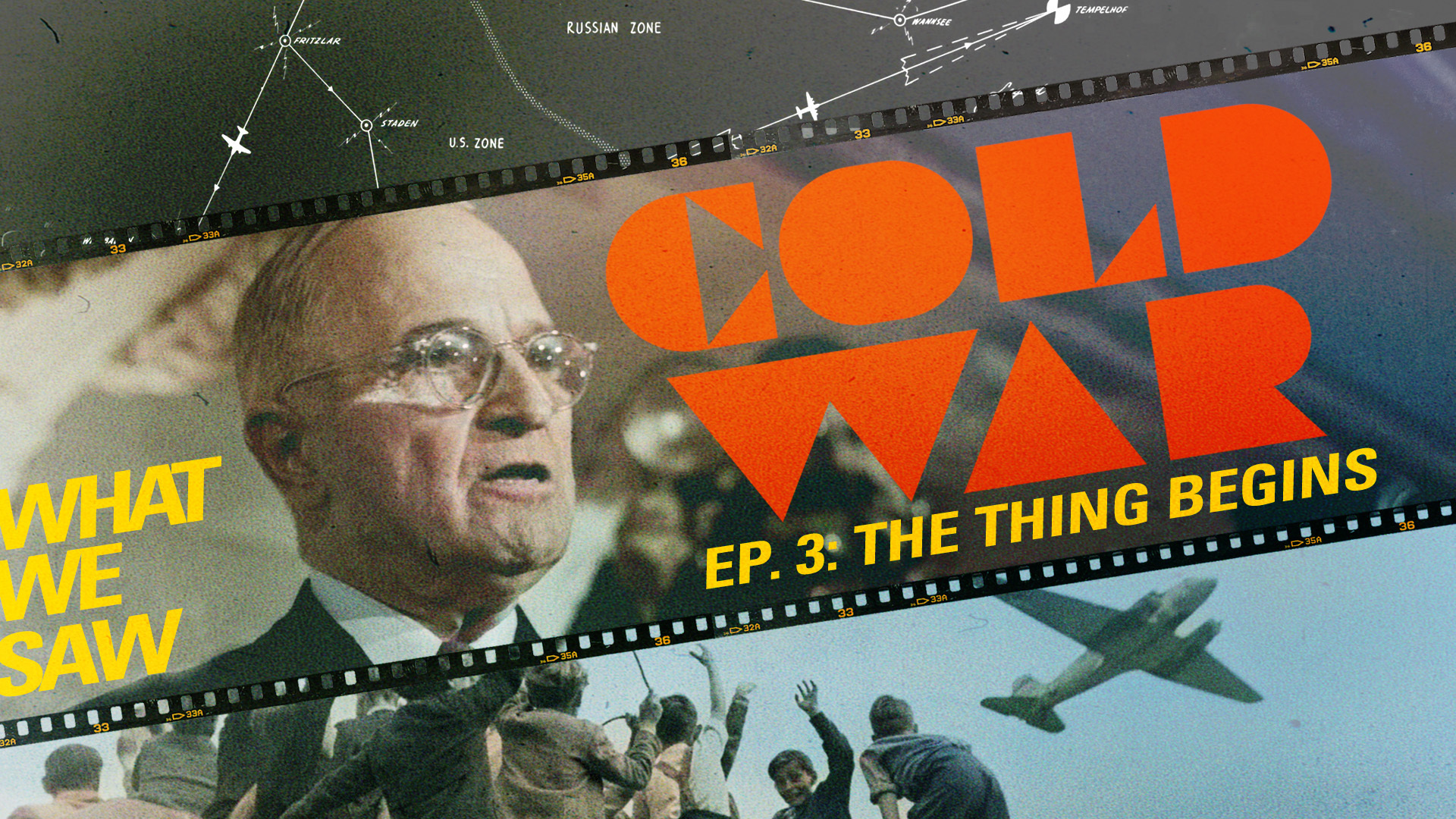 |
Part 3: The Thing BeginsImmediately following World War Two, Germany was divided into four parts: British, Russian, American and French. Berlin was divided the same way, however it was embedded in the Russian zone of occupation. And On June 29th, 1948 the Soviets blocked Allied passage to Berlin, starting the Cold War in the process and setting the stage for the next four decades to come. While the western allies were perplexed, even outraged, the Russians viewed the Berlin Blockade as a war it was already fighting— the war to end capitalism. But how willing was Joseph Stalin to start World War Three? He might have lowered the gate in the Berlin Blockade. But would he be willing to shoot down allied planes that flew over it? |
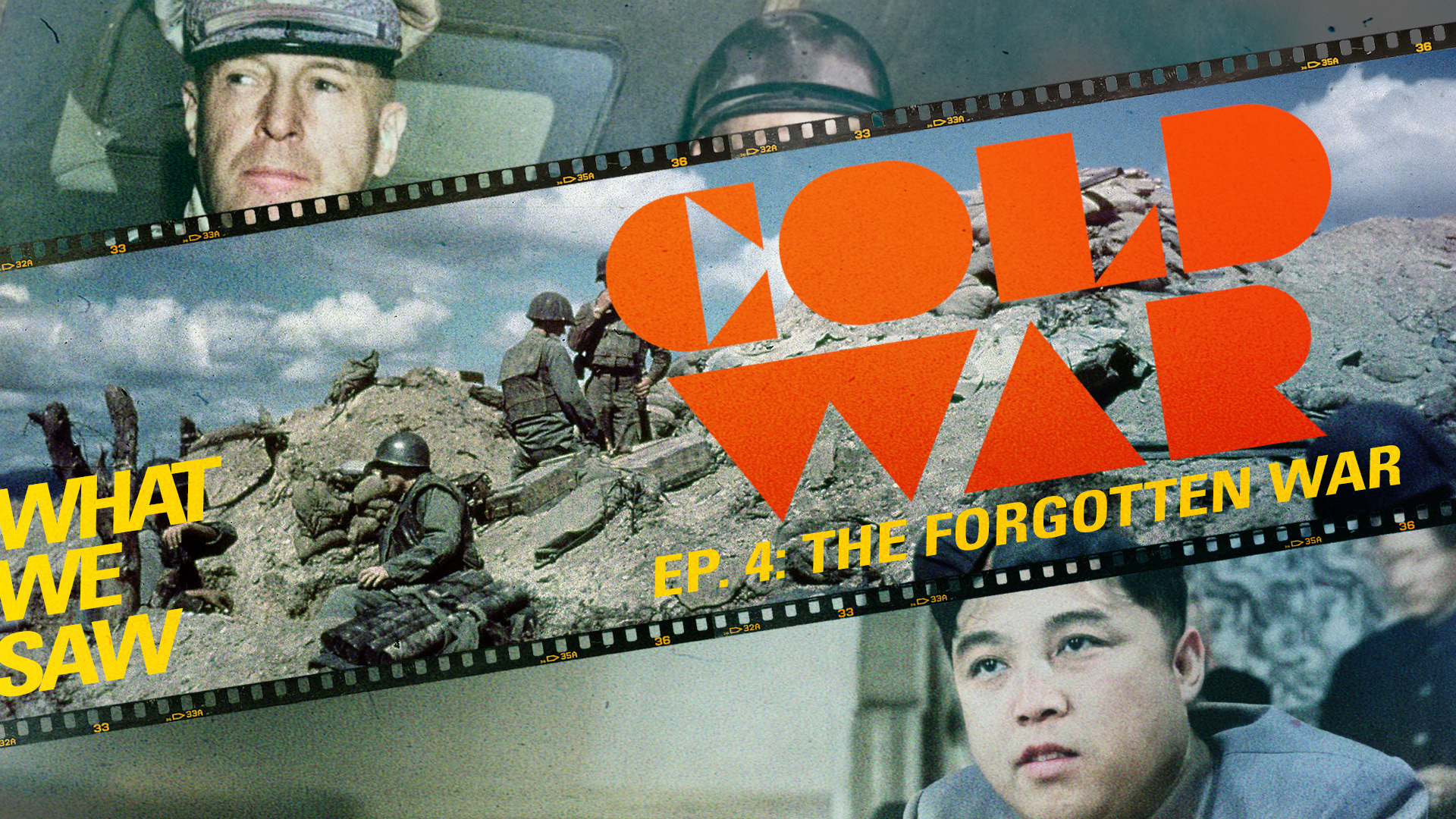 |
Part 4: The Forgotten WarAlthough the entire Cold War passed without shots being fired between the two superpowers, the Cold War was anything but bloodless. The Korean conflict marked the beginning of proxy wars, regional conflicts backed by the full military might of both the United States and the Soviet Union. A brilliant amphibious landing turns the tide on the Korean Peninsula; meanwhile, America raises the stakes with a bomb so powerful it takes an atomic bomb to simply light the fuse. |
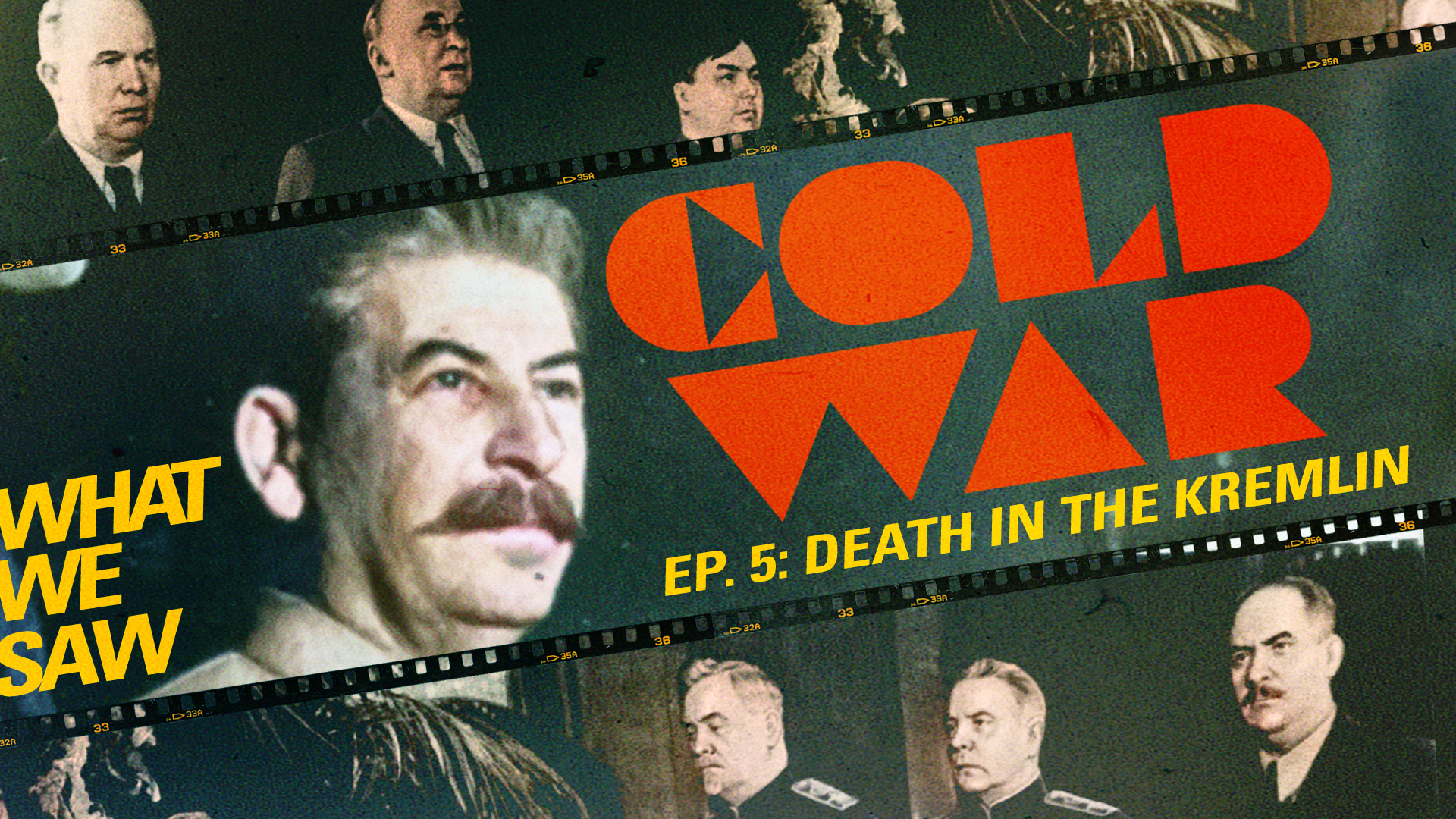 |
Part 5: Death In The KremlinJoseph Stalin, the architect and instigator of the 42-year Cold War, has died five years into the conflict. Across the Atlantic, a new Republican President, who had worked closely with Uncle Joe during World War II, is a mere two months in office. As the knives come out for the succession fight inside the Kremlin, will a brief window of opportunity be enough to completely reset the conflict? |
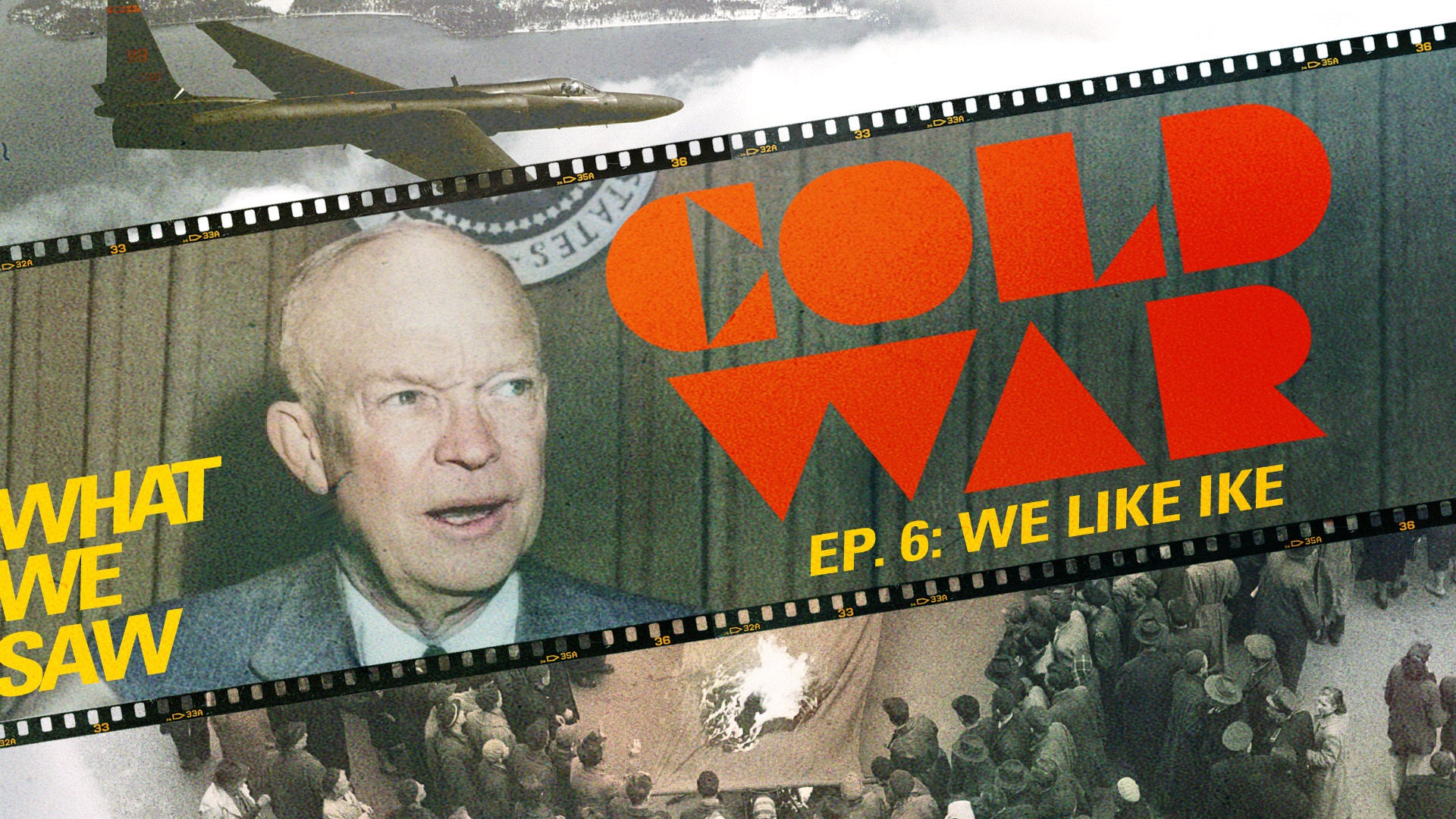 |
Part 6: We Like IkeIn the years after World War II, Dwight David Eisenhower was arguably the most popular man on the planet. His patriotism on the battlefield was matched only by his initial reluctance after the war to become Commander-In-Chief. With enough persuasion General Eisenhower would become President Eisenhower, and face a brace of unknown Soviet leaders named Malenkov and Khrushchev. But no one was prepared for the anti-military, anti-war statements and policies from the man who’d fought so hard just a few years before. |
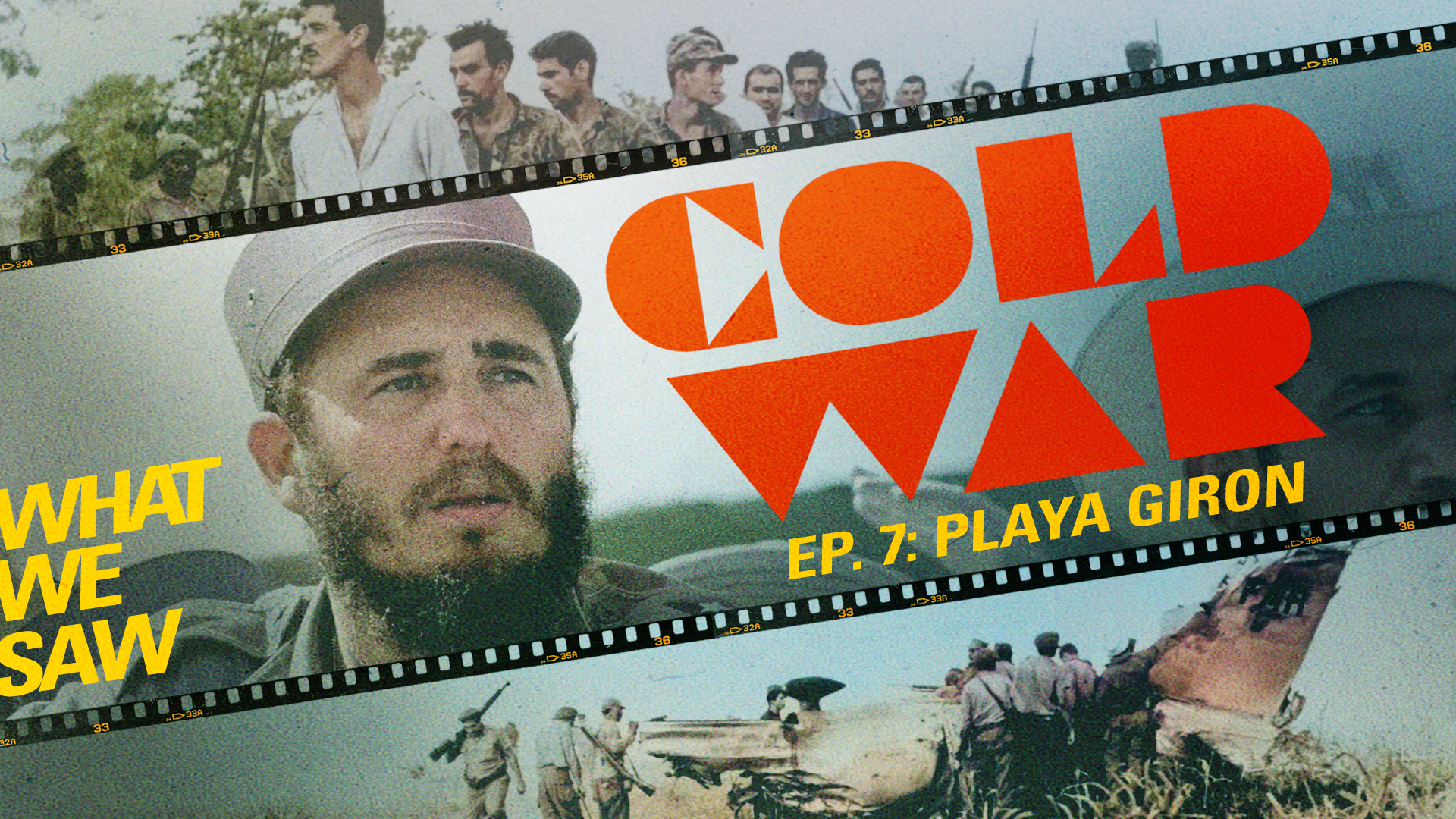 |
Part 7: Playa GironThe man who returned to his native country with Che Guevara on a leaky tub, bringing communism to the Western Hemisphere with him. Fidel Castro was a thorn in every president’s side from Eisenhower, to Obama, turning Cuba into a potential launching pad for Soviet nuclear missiles. But his first and greatest test would be to repel an American-backed invasion at Playa Giron, a beach on the southern coast of Cuba at the mouth of an inlet called the Bay of Pigs. |
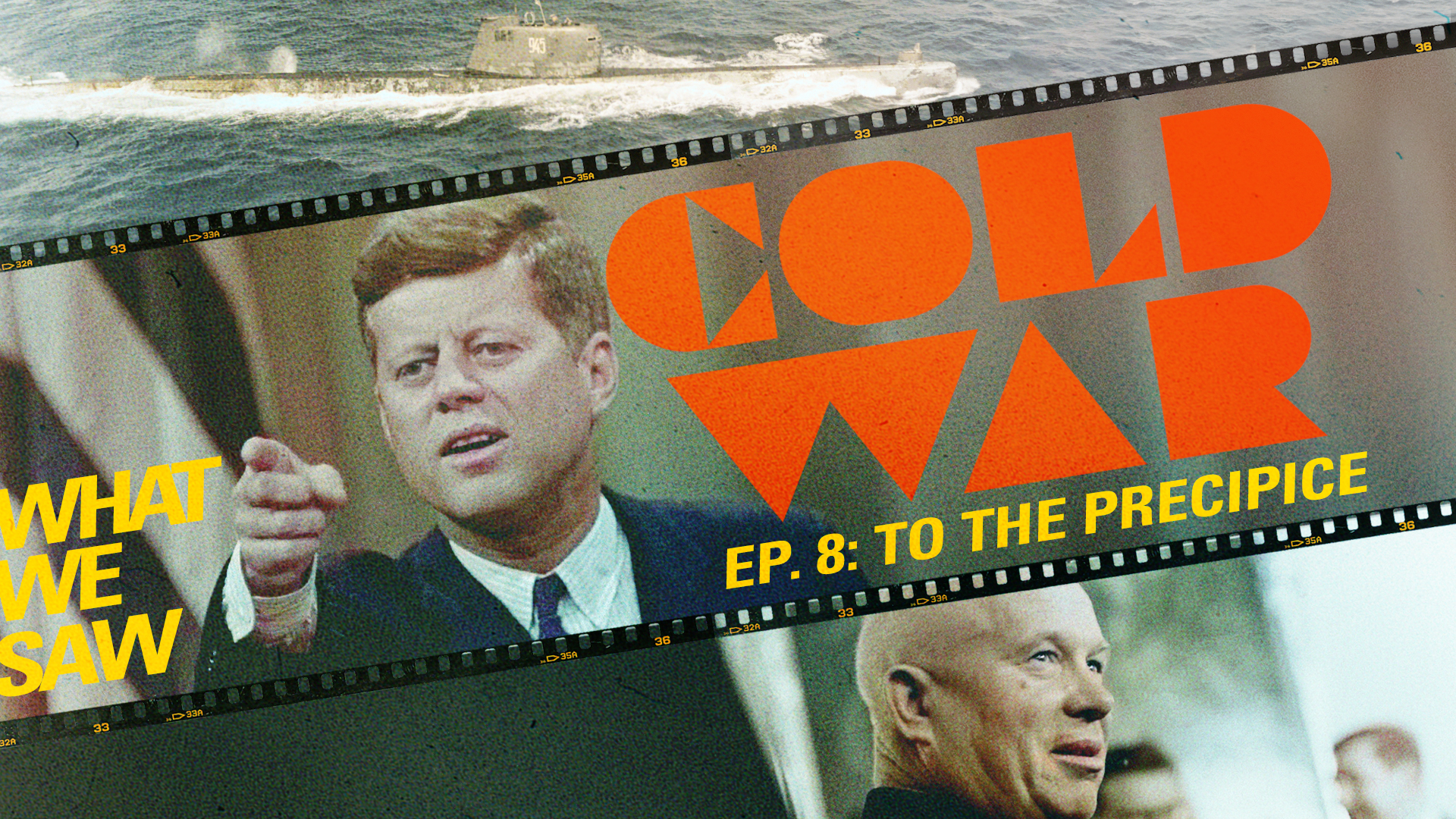 |
Part 8: To The PrecipiceAs US reconnaissance overflights of Cuba resume after a hiatus following the disastrous Bay of Pigs invasion attempt, analysts are shocked to discover Russian medium-range, nuclear-tipped missiles capable of striking the East Coast. Announcing an outright blockade of Cuba would be recognized as an act of war, so President Kennedy employs the Soviet tactic of linguistic sophistry and announces a "quarantine zone." As US Navy warships move to intercept the incoming missiles, the fate of the world hangs in the balance -- and is ultimately in the hands of a single man, not in The White House or the Kremlin, but deep beneath the waves at the edge of the quarantine zone. |
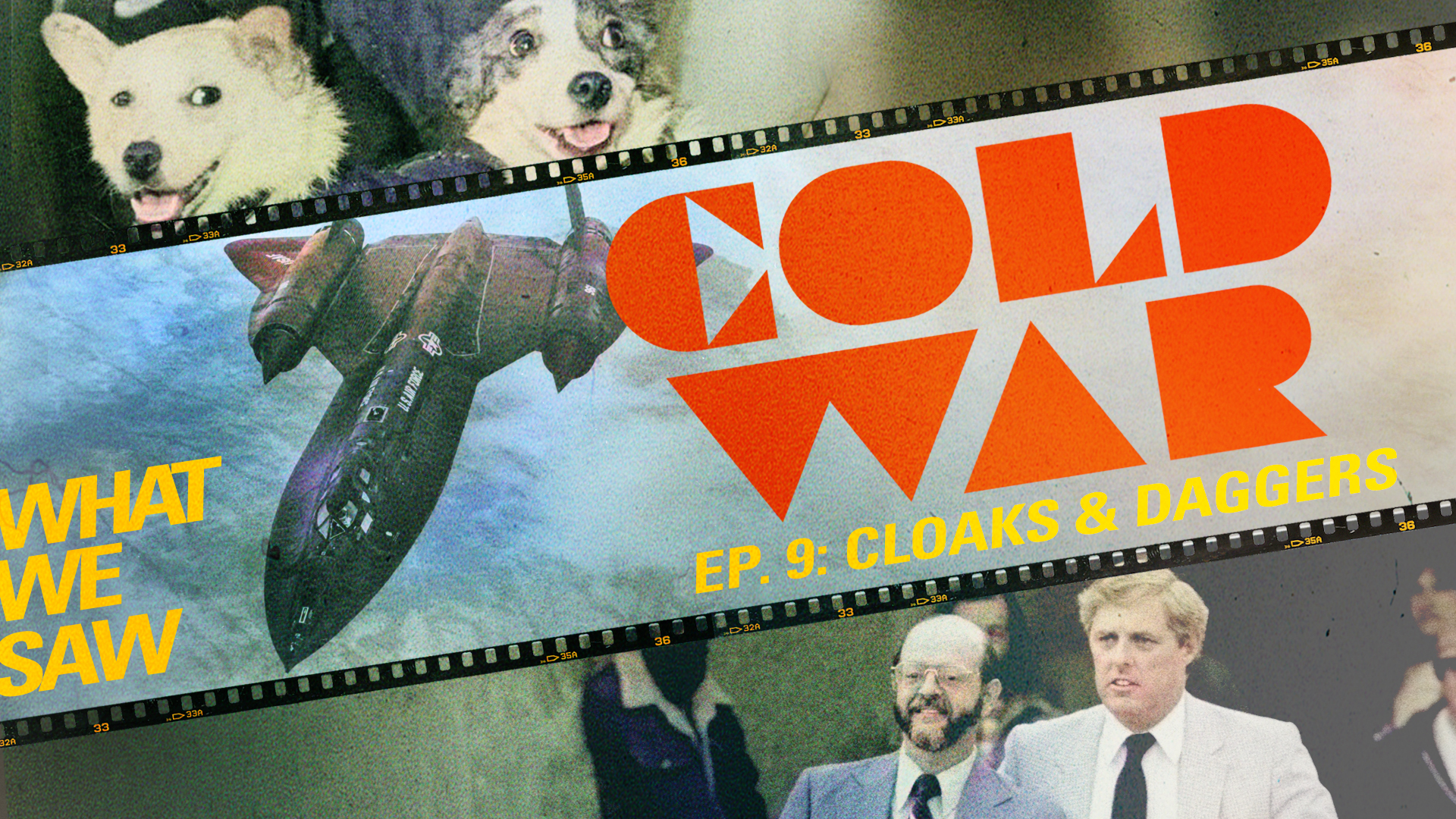 |
Part 9: Cloaks and DaggersWith the mechanisms of apocalypse firmly in place, both sides accelerate their efforts to determine the actual capabilities of the other. But The United States and the Soviet Union diverge in regard to intelligence gathering. The massive US lead in technology leads to spy satellites, hypersonic reconnaissance planes and the most ambitious intelligence operation in human history. The Soviets, on the other hand, play to their strengths as well: the ability to turn individual human assets. One of these paths will lead to the biggest intel haul of the Cold War. |
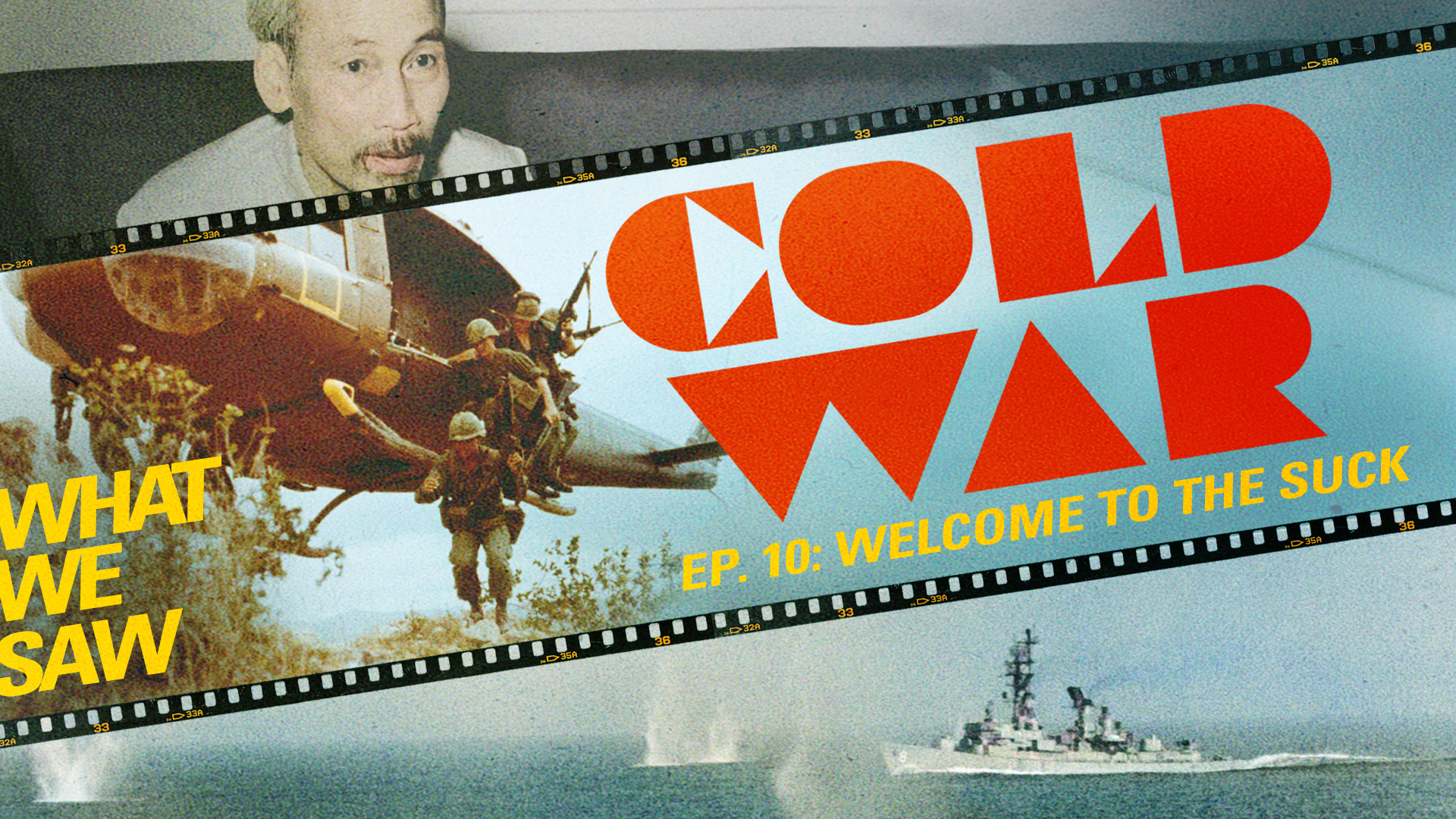 |
Part 10: Welcome To The SuckThey stepped out of a big, air-conditioned silver bird, into the kind of heat, and humidity that even Americans raised in the Deep South weren’t prepared for. Once the immensity of the war in Vietnam hit, someone with more time on the ground might greet them with a wry "Welcome to the suck." An apt name as any for the burgeoning war fought to contain communism in Vietnam. But this policy of containment, and a fatal underestimation of the enemy became a quagmire that plunged the United States into its darkest years of the Cold War. |
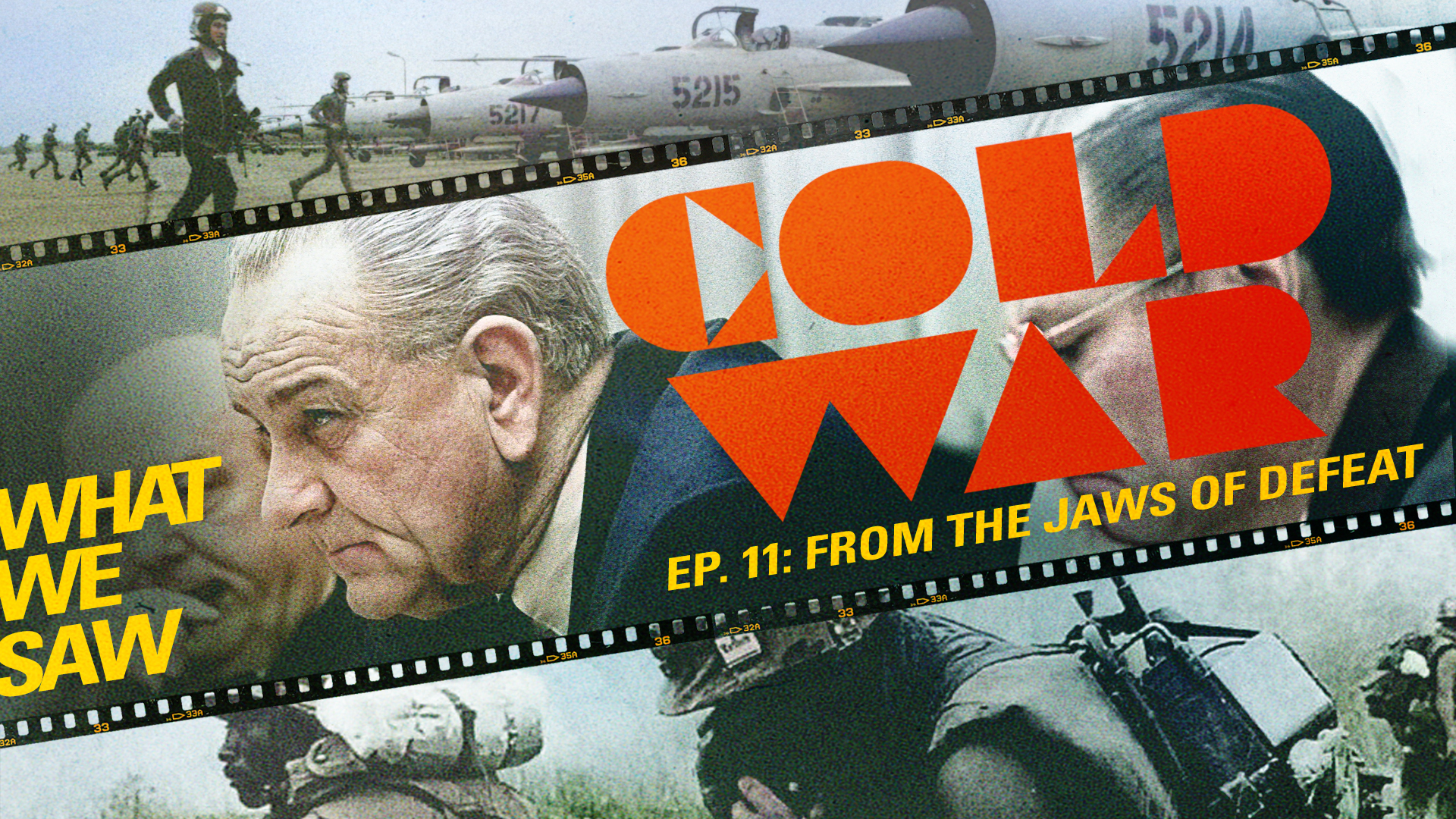 |
Part 11: From The Jaws Of DefeatMired not only in the jungles of Southeast Asia but, but from outdated, rigid doctrine, fossilized tactics, and declining morale, a light appears in the middle of America's darkest night. A swaggering fighter jock, married to a movie star, turns an undertrained and under-led group of dispirited American flyers into a snarling Wolfpack that pulls off a supersonic ambush in one of the greatest military operations of all time. Meanwhile, on the other side of the world, the hopeful spring of Prague’s liberal reforms gets crushed by a Russian bear that remains in full possession of a nasty set of teeth and claws. |
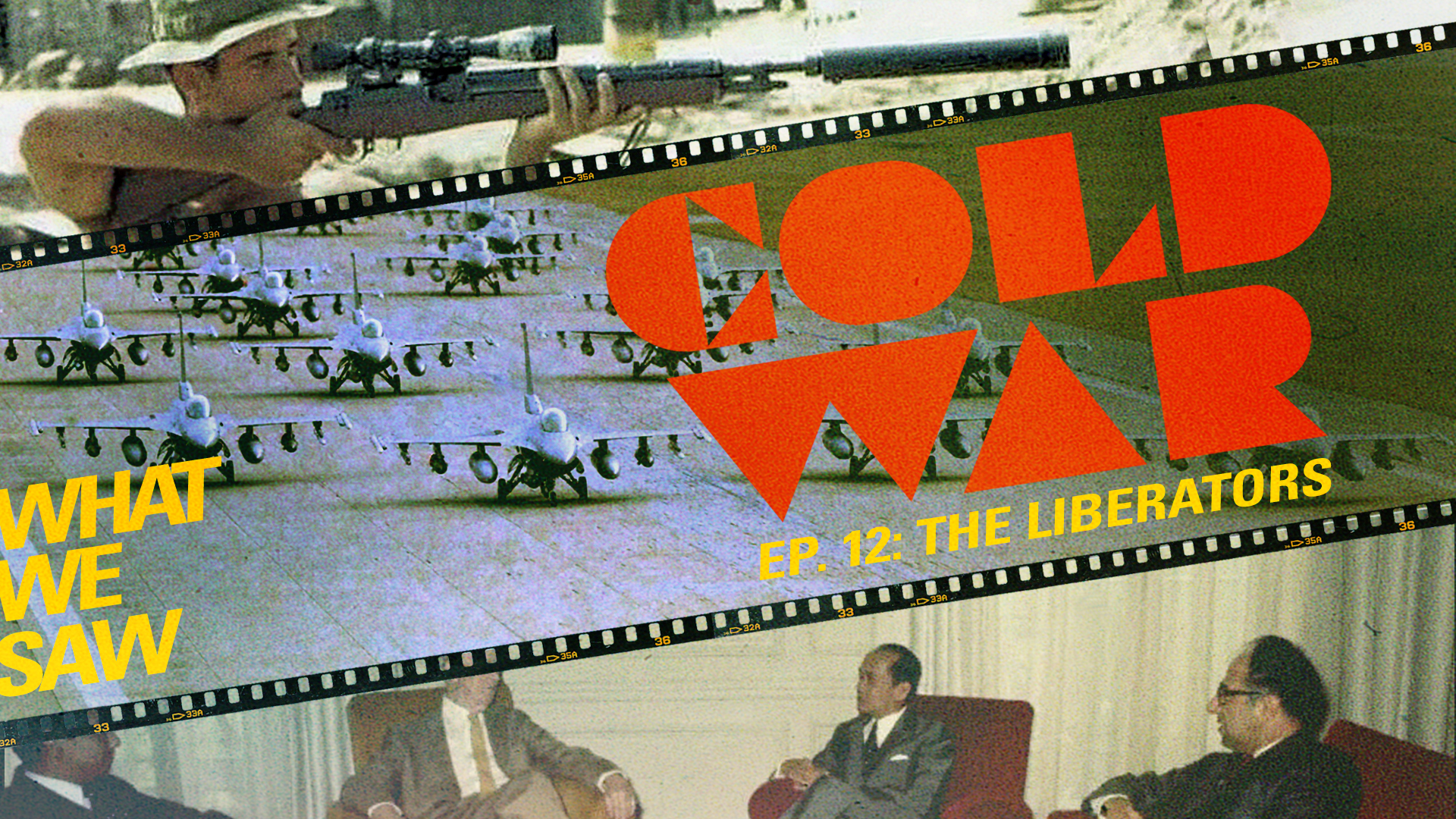 |
Part 12: The LiberatorsA change of command comes too late to reverse the situation in Southeast Asia as Richard Nixon's program of 'Vietnamization' eases America out of its worst-directed war. But long before the last American serviceman leaves Vietnam, a new generation of liberators rise to the challenge of saving American tactics, weaponry and doctrine from themselves. Fighting an uphill battle against arrogance, ignorance and intransigence, an uncouth warrior’s legendarily irrefutable Pentagon briefings will forever change the way America builds the fighter aircraft. And a kid who grew up hunting in his native Arkansas, will revolutionize American ground tactics through sheer courage and willpower, ushering in the age of Special Forces. |
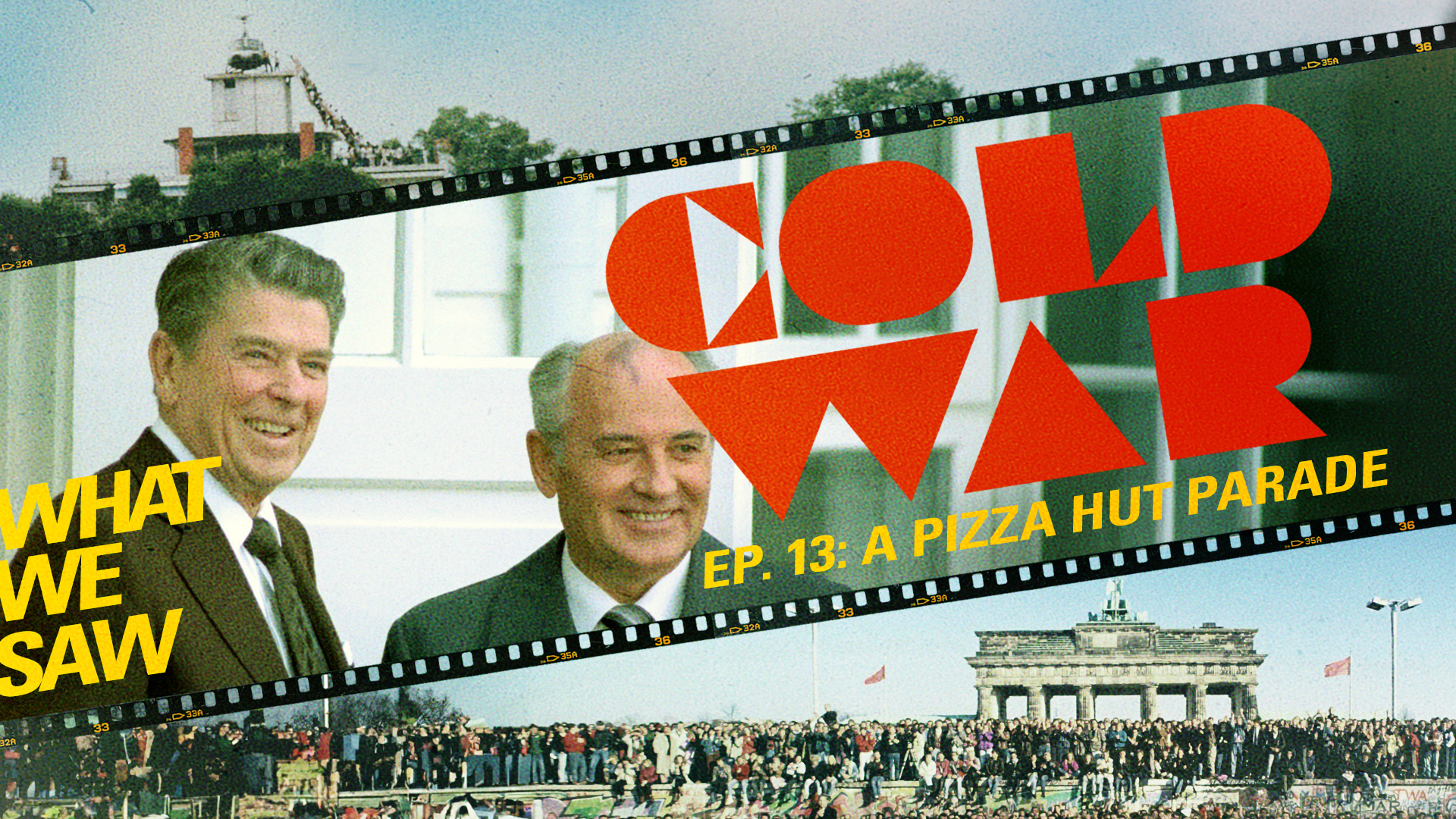 |
Part 13: A Pizza Hut ParadeNixon goes to China and in a masterstroke of diplomacy turns a two-power Cold War into three-power triangular diplomacy. But before anything meaningful can come from it, Watergate destroys the administration and reduces American morale to its lowest point during the entire conflict. The Soviet perception of American weakness leads to their invasion of Afghanistan quickly becoming a quagmire like the one America emerges from in Vietnam. It is against this backdrop that America's oldest President brings youthful vigor, renewed optimism and a plan to resolve the forty-year running stalemate and end the Cold War with a win. |
| File | Duration | Resolution | Video Format | Audio Format |
|---|---|---|---|---|
| WhatWeSaw.s02e01.x265.mkv | 39m37s | 1728x720 | HEVC | AAC |
| WhatWeSaw.s02e02.x265.mkv | 36m10s | 1728x720 | HEVC | AAC |
| WhatWeSaw.s02e03.x265.mkv | 52m42s | 1728x720 | HEVC | AAC |
| WhatWeSaw.s02e04.x265.mkv | 1h5m | 1728x720 | HEVC | AAC |
| WhatWeSaw.s02e05.x265.mkv | 41m28s | 1728x720 | HEVC | AAC |
| WhatWeSaw.s02e06.x265.mkv | 1h12m | 1728x720 | HEVC | AAC |
| WhatWeSaw.s02e07.x265.mkv | 42m9s | 1728x720 | HEVC | AAC |
| WhatWeSaw.s02e08.x265.mkv | 53m51s | 1728x720 | HEVC | AAC |
| WhatWeSaw.s02e09.x265.mkv | 1h32m | 1728x720 | HEVC | AAC |
| WhatWeSaw.s02e10.x265.mkv | 1h11m | 1728x720 | HEVC | AAC |
| WhatWeSaw.s02e11.x265.mkv | 1h0m | 1728x720 | HEVC | AAC |
| WhatWeSaw.s02e12.x265.mkv | 1h4m | 1728x720 | HEVC | AAC |
| WhatWeSaw.s02e13.x265.mkv | 1h24m | 1728x720 | HEVC | AAC |
- Log in to post comments
